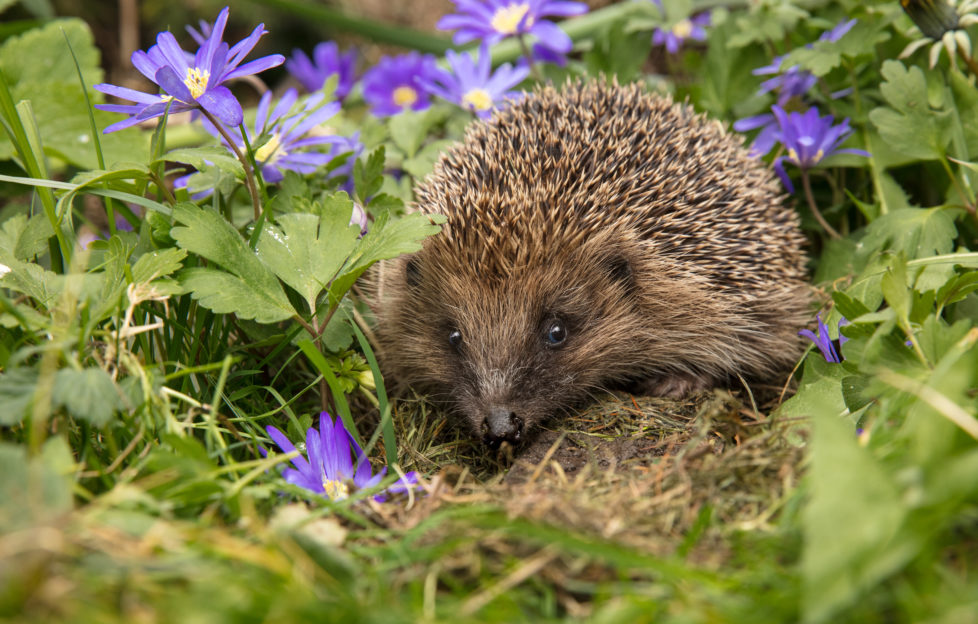 Shutterstock / Coatesy©
Shutterstock / Coatesy©Today is National Hedgehog Day here in the UK. We’re marking the occasion by revisiting this piece on Hedgehog Highways, written for us by Dawn Geddes in summer 2020.
Spotting a hedgehog in the garden can be a real joy, but unfortunately our spiky friends are in decline.
In 2018, a wildlife survey revealed that the UK’s hedgehog population is down by a third in towns and cities, and by half in rural areas.
Thankfully, the charity Hedgehog Street is on hand to help Britain’s hedgehogs thrive again.
“Hedgehog Street is a joint project by the People’s Trust for Endangered Species and the British Hedgehog Preservation Society,” Hedgehog Officer Grace Johnson tells me.
“We were set up in 2011 to help raise awareness about the plight of hedgehogs and to educate people on the things that they can do to help reverse that decline.”
Through their website, the charity recruits Hedgehog “Champions”, who are passionate about helping the spiny mammals in their own area.
“Hedgehogs face a lot of different pressures from things like agricultural intensification and the use of pesticides.
“These days there is a real lack of hedgerows for hedgehogs to live in, and lots of fences and barriers between gardens.
“These are all things that we’ve done to the landscape and it’s made hedgehogs really struggle.
“It’s really important that we try to reverse that decline and improve the habitat for hedgehogs and other wildlife.”
One of the charity’s initiatives is called Hedgehog Highway, a scheme which encourages people to increase the connectivity of our landscape.
“Gardens are a really good resource for hedgehogs. There are insects in there and people put food and houses out for them, too.
“But if hedgehogs can’t access our gardens then it’s pretty much pointless.
“What we’re trying to do is encourage people to put a hole in their fence or wall so that hedgehogs can pass through freely.
“The Hedgehog Highway doesn’t need to be big. We recommend that they should be around thirteen centimetres across, so about the size of a CD case.
“That basically opens up more and more habitat for hedgehogs.
“I think it surprises people that they can actually travel an average of two kilometres per night.
“No one garden is going to be big enough. They need to be able to access lots of them, so they can source enough food, seek out shelter and look for mates.”
Grace says that Hedgehog Highways work best when a number of people who live in the same area install them in their gardens.
“It works best if a community can come together and create a number of Hedgehog Highways.
“That way there is a network of gardens for the hedgehogs to explore.
“Our front gardens are usually quite open and accessible, but passageways through back gardens are really important, too.”
Grace says that there are lots of other things we can do to help hedgehogs in our gardens.
“These days people tend to have these very tidy, manicured gardens which are not great for hedgehogs.
“Leaving a patch of your garden to go wild will really help.
“We want to increase the number of invertebrates such as slugs and earwigs, as these are hedgehog food.
“Log and leaf piles are great, because they attract beasties.
“Recording the hedgehogs you encounter on our Big Hedgehog Map is also really helpful.”
“Another thing that people can do is talk to their neighbours, friends and family about their efforts.
“We need people to help us spread the word so that we can all help hedgehogs thrive.”
For more fantastic features from “The People’s Friend”, click here.




